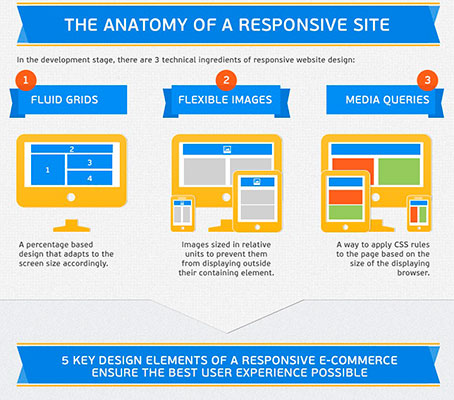Join Us As We Embark On A Journey Via Time, Discovering The Advancement Of Web Site Design And How It Has Impacted The Digital Landscape
Join Us As We Embark On A Journey Via Time, Discovering The Advancement Of Web Site Design And How It Has Impacted The Digital Landscape
Blog Article
Post Written By-Solis Wren
In the past, web sites were simple and concentrated on details. Navigating was direct, and layout was for desktop computers. Now, individual experience is essential. Data overviews styles for simple navigating. Responsive layouts match various gadgets. Today, dark setting decreases pressure, and minimalist menus improve navigation. Interactive functions involve customers, and bold visuals stick out. AI assimilation increases involvement. See just how design has progressed to boost your online trip.
Early Days of Web Design
In the very early days of website design, simplicity reigned supreme. Web sites were standard, with limited shades, typefaces, and formats. The emphasis was on providing information as opposed to showy visuals. Users accessed the web with sluggish dial-up connections, so speed and performance were essential.
Navigating food selections were straightforward, generally located at the top or side of the page. Sites were made for home computer, as mobile browsing had not been yet prevalent. Content was king, and developers focused on easy readability over complex design elements.
HTML was the key coding language made use of, and developers needed to work within its restraints. Computer animations and interactive attributes were marginal compared to today's standards. Websites were fixed, with little vibrant material or personalized user experiences.
Rise of User-Focused Design
With the development of site style, a shift towards user-focused design concepts has actually become progressively prominent. Today, creating internet sites that prioritize customer experience is critical for involving visitors and attaining service goals. User-focused style includes recognizing the demands, preferences, and actions of your target market to tailor the internet site's format, web content, and features as necessary.
Designers now carry out detailed research, such as individual studies and use screening, to collect insights and feedback directly from individuals. This data-driven strategy helps in creating intuitive navigation, clear calls-to-action, and visually enticing interfaces that resonate with site visitors. By putting the customer at the center of the layout procedure, websites can provide a much more individualized and pleasurable experience.
Receptive style has also emerged as a crucial element of user-focused style, ensuring that sites are maximized for numerous tools and screen dimensions. This adaptability enhances availability and functionality, catering to the varied methods customers communicate with internet sites today. Fundamentally, the increase of user-focused design symbolizes a change in the direction of developing digital experiences that focus on the needs and assumptions of the end user.
Modern Trends in Website Design
Explore the latest patterns forming web design today. One noticeable trend is dark mode style, using a streamlined and modern-day look while decreasing eye strain in low-light atmospheres. https://jasperztmfy.qodsblog.com/29939840/start-your-course-to-becoming-proficient-at-social-networks-advertising-and-marketing-by-learning-vital-methods-and-strategies is minimalist navigation, simplifying food selections and boosting user experience by focusing on essential elements. Incorporating micro-interactions, such as computer animated buttons or scrolling results, can produce a more engaging and interactive internet site. recommended you read continues to be critical, guaranteeing seamless customer experiences throughout various devices. Furthermore, making use of strong typography and unbalanced designs can add visual rate of interest and draw attention to specific content.
Integrating AI innovation, like chatbots for consumer support or individualized recommendations, improves user interaction and streamlines procedures. Access has also come to be a considerable trend, with developers prioritizing comprehensive design practices to deal with varied customer demands. Welcoming sustainability by maximizing internet site performance for speed and effectiveness is one more emerging pattern in website design. Collaborating with customer feedback and data analytics to iterate and enhance design constantly is essential for remaining relevant in the ever-evolving electronic landscape. By welcoming these modern fads, you can develop an aesthetically attractive, straightforward internet site that reverberates with your audience.
https://www.globenewswire.com/en/news-release/2022/04/05/2417135/0/en/Top-Digital-Marketing-Agency-Shares-Tips-for-Growing-Business-With-SEO.html
As you reflect on the development of site layout from the early days to now, you can see how user-focused design has come to be the driving pressure behind modern-day trends.
Embrace the trip of adjustment and adaptation in website design, always maintaining the user experience at the center.
Keep current with the latest patterns and modern technologies, and never ever stop advancing your strategy to develop visually spectacular and easy to use web sites.
mouse click the up coming website , adjust, and develop - the future of web design is in your hands.
